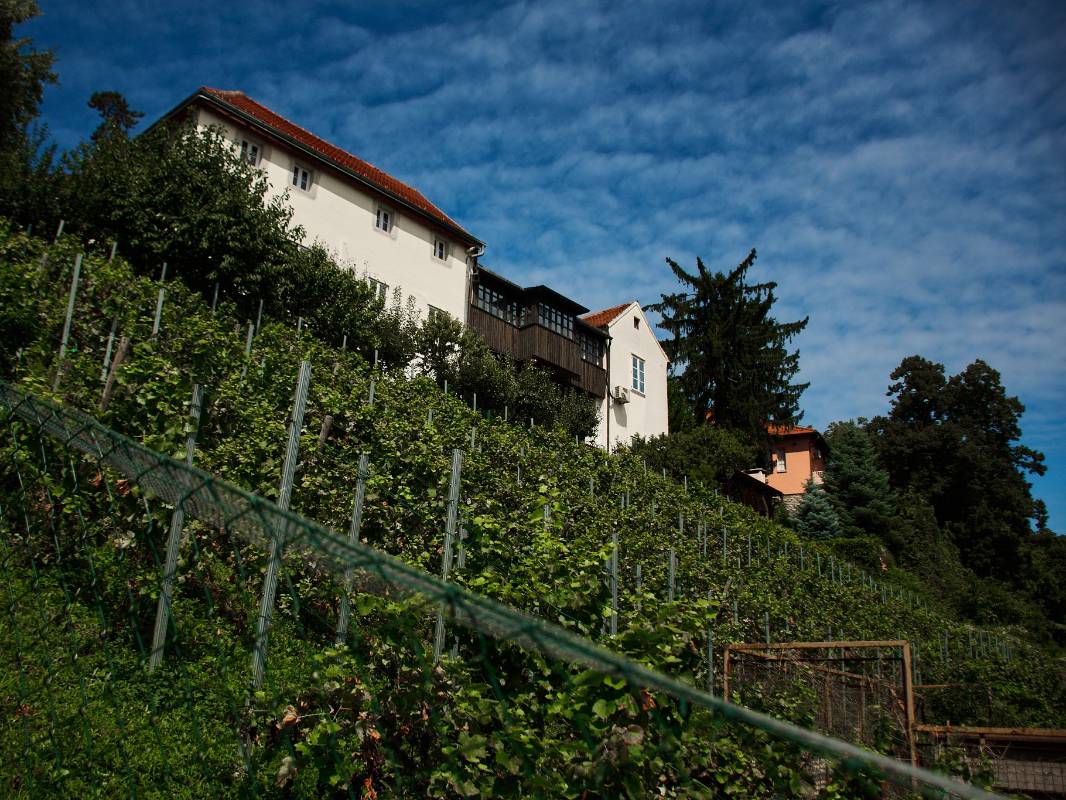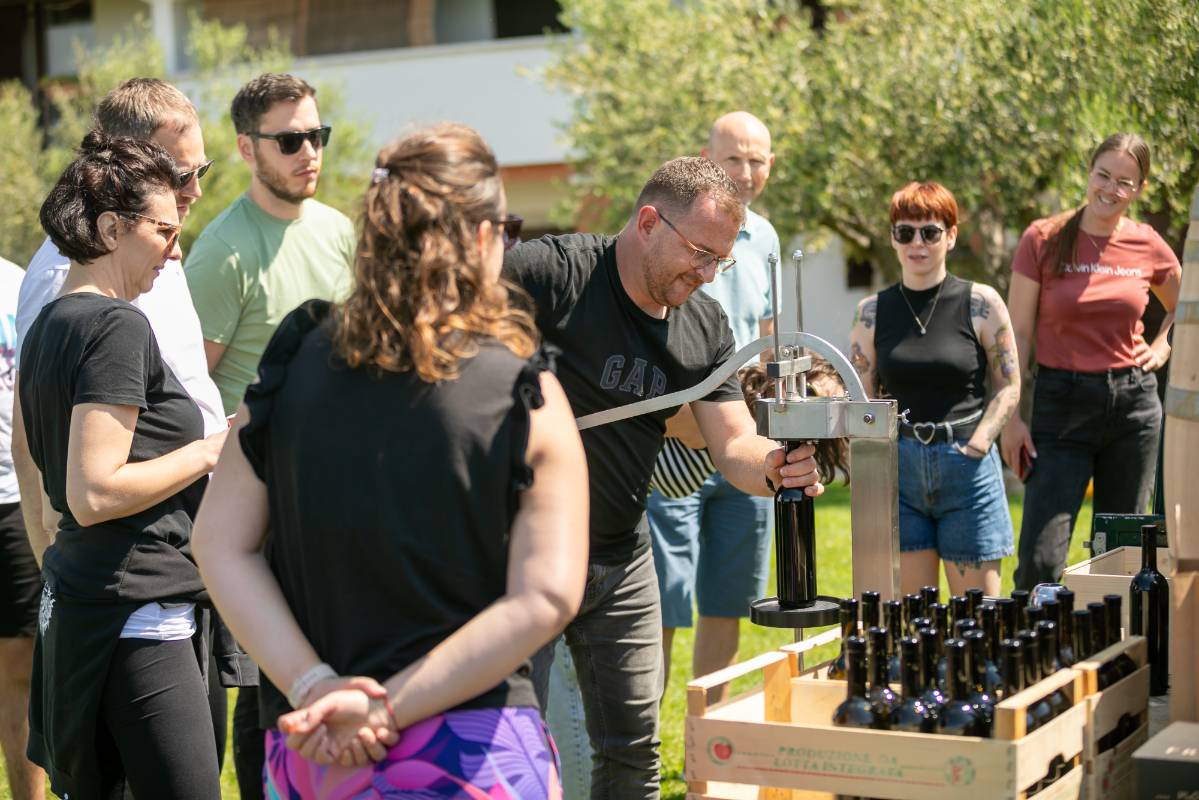„Come te non c'è nesuno, tu sei l'unico al mondo
Come te non c'è nessuno, `e per questo che t'amo
Ed in punta di piedi entrerò nei tuoi sogni segreti“
Rita Pavone
Why Piedmont?
If there is a place created for a perfect wine weekend retreat, then it is certainly Piedmont. In this historic Italian region, where the highest peaks of the Alps hug the Po plain and touch the first hills of the Apennines, the influences of two perhaps the world's greatest gastronomic superpowers collide: Italy and France. The local cuisine is considered the best in Italy, and the same applies to their wines, primarily black, from the Nebbiolo variety, whose complexity, elegance and status make Piedmont one of the most prestigious and important wine destinations in the world. Surrounded by the rich regions of northwestern Italy and Switzerland and the historic port of Genoa, the Italian industrial revolution and the national revival of the Risorgimento, which in the middle of the 19th century led to the unification of the modern Italian nation, began here. Due to its close proximity to the famous summer resorts of Monaco, Cote d'Azur, Riviere dei Fiori and the most fashionable French and Swiss ski resorts, Piedmont has transformed into a mecca of refined tourism, culture, gastronomy and winemaking, where foodtrotters and gastronauts from all over the world make their pilgrimage throughout the year.
And it just so happened that we started in late autumn, at the end of November when the cellars and pantries are at their fullest. When the trays of the restaurants are full of fresh, freshly dug white truffles, which the hosts present to the guests like precious jewels, which, given the price, they are. Although at that time of the year one could expect foggy and rainy weather and even snow, the god Dionysus blessed us with the most beautiful weather possible, with lots of sun, dry roads and a wonderful palette of autumn colors from Zagreb to Turin. Although that road takes about 8-10 hours, depending on the traffic conditions, especially on the Serenissima, which is congested with trucks, we made it through a pleasant conversation and getting to know all the road participants, and then with a couple of short breaks on the highway, of course, with an excellent Italian espresso. All the same, it is best to break such a long journey with some quality content in order to rest, take a walk, refresh yourself and discover something new along the way. We did that by stopping in the most important denomination of white wines in Italy - on the southeastern outskirts of Verona.
Soave and Pieropan – a half-way spectacle
Our choice fell on the charming medieval town of Soave. In recent decades, Veneto has established itself as Italy's leading wine region, producing wines in a multitude of styles and types, from light sparkling prosecco to full-blooded Valpolicella blacks such as amarone or sweet reciotta. Soave is one of the most important Italian white wines on the market, and apart from the sea of generic labels, it is precisely on the mineral-rich volcanic soil that Soave Classica gives its best and most complex expressions, which place it among the great wines of Italy. We experienced the first insight into the potential and complexity of these wines at the wonderful local wine bar-restaurant Il Drago, where we tasted, among other things, the fantastic Soave Salvarenza from the famous Gini winery. The location of the restaurant itself is spectacular, inside a medieval Gothic castle, and their menu is no less impressive, based on the rich two-thousand-year culinary tradition of Verona and Veneto.
However, we had a real revelation when we visited the Pieropan winery - the founders of the local "crus" and perhaps the most important wine house in this region, which exports to around 70 countries. Thanks to the team from Enozoik, their wines can also be bought in Croatia. We were greeted by an architectural masterpiece, built from 2014 to 2019 and opened after the pandemic in 2022. Buried in a hill with a wonderful view of the castle and vineyards, this state-of-the-art winery reflects the terroir, textures and colors of Soave with its design, both the land and and wine. To give you an impression of its size, the earth excavated for its construction filled so many trucks that, stacked side by side, they would form a column of as much as 100 kilometers. We had the honor of being guided through the surrounding vineyards, winery, archive and prestigious wine tasting by Mr. Andrija Pieropan, owner of the company and member of the 4th generation of winemakers of the Pieropan family. Our prestigious lineup was formed by two wine verticals from two most important positions: Calvarino, which lies on basalt soil full of rare minerals such as zinc and molybdenum, which contribute to the complex herbal profile of the wine. It is a blend of 70% Garganega (the main wine variety for Soave, late-ripening, which reflects well the terroir where it grows) and 30% Trebbiano di Soave. The second position is La Rocca, which has much more limestone in the soil and whose wines from 100% Graganega are characterized by a specific play of floral and fruitiness with a note of marzipan.
Arrival in Piedmont
Full of impressions, we left the beautiful hills of Soave and made our way through the most populated and industrially developed part of Italy without any major stops, to the peace and tranquility of the surroundings of Alba. The small family restaurant where we had dinner before going to rest in the local agrotourism surprised us with a wonderful selection of wines, among others the exceptional rosé Castelvej Il Nini Anfora from Roer, completely natural and vinified for 6 months in amphorae. The wine went perfectly with simple traditional Piedmontese appetizers topped with grated fresh white truffles. Although prices in restaurants throughout the region are more than friendly compared to similar ones in Croatia, be careful with truffles, the price of which is not included in the appetizer. All dishes enriched with a portion of freshly grated truffle are not cheap, so even simple eggs "by eye" can easily become "St. Peter scrambled eggs". But how can you resist them when they are beautifully arranged on a wooden tray, presented passionately as only Italians know-how, and grated in front of you while Barbera and Nebbiolo glisten on the side in glasses and decanters. Autumn in Piedmont is the right place and time to treat yourself to divine food and wines while counting calories and money elsewhere.
After refreshment and rest in a comfortable family guesthouse located among orchards and hazelnut plantations, we were greeted by a cold but sunny morning that heralded an exciting day. The braying of donkeys, the lowing of cows and the crowing of warblers in the distance were the only sounds that disturbed the surreal silence. I first came to the breakfast room where the friendly hostess was setting the tables. Accustomed to often judging accommodation according to the quality of the breakfast, I was somewhat surprised by the moderate, even relatively modest selection, almost without a single industrial product, without an endless selection of breads, pastries and sugar-laden flakes. But what a surprise, everything on the table was a product of this agrotourism or from the surrounding farms. From a wide selection of homemade jams, honey and a divine hazelnut spread ("Is that like your Nutella?, I asked the hostess. "I've never tried Nutella in my life.", she replied.(!!!)), through several local cheeses, salami and sausages and dried boiled pears that went well with it, freshly made juices, compote, crostati and of course, coffee from the cafeteria. One of the highest quality and best breakfasts ever. A perfect introduction to a day full of excitement and new discoveries that, as it turned out, exceeded all our expectations.
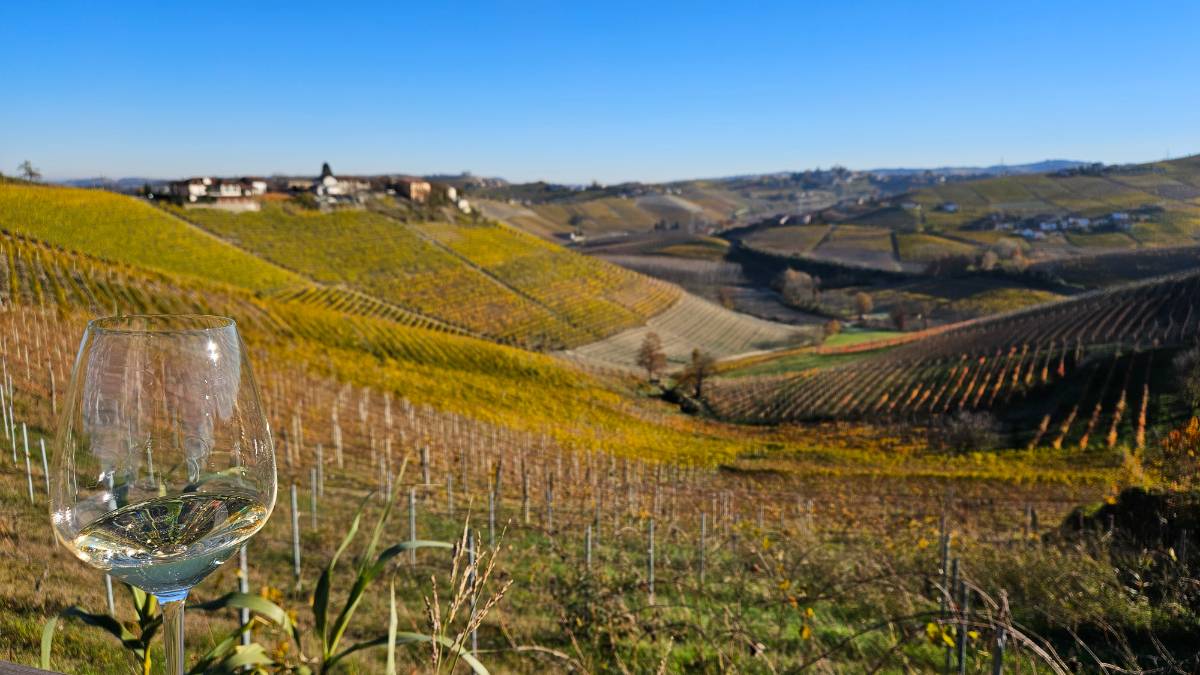




.jpg)
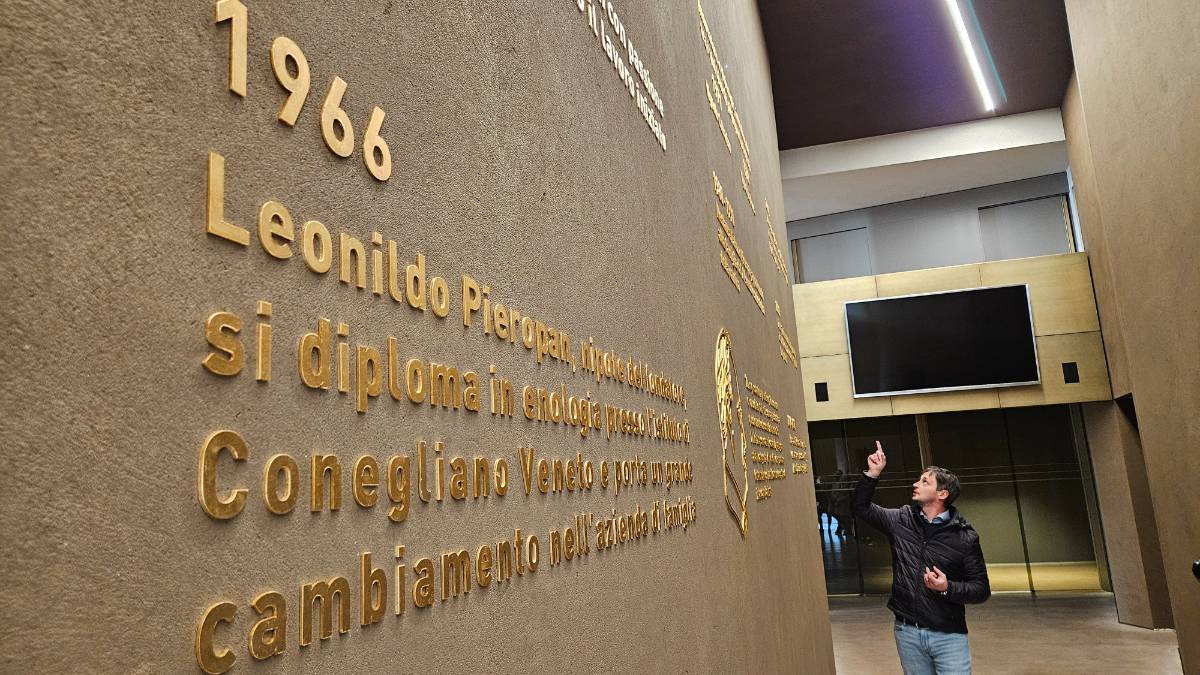
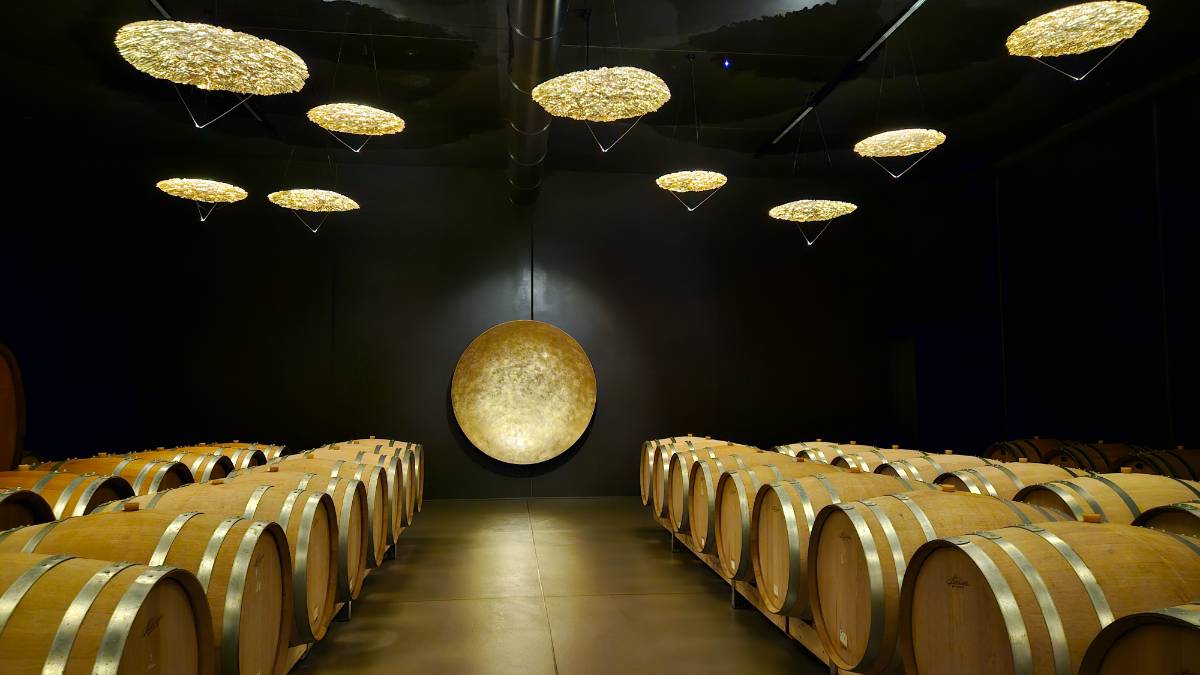
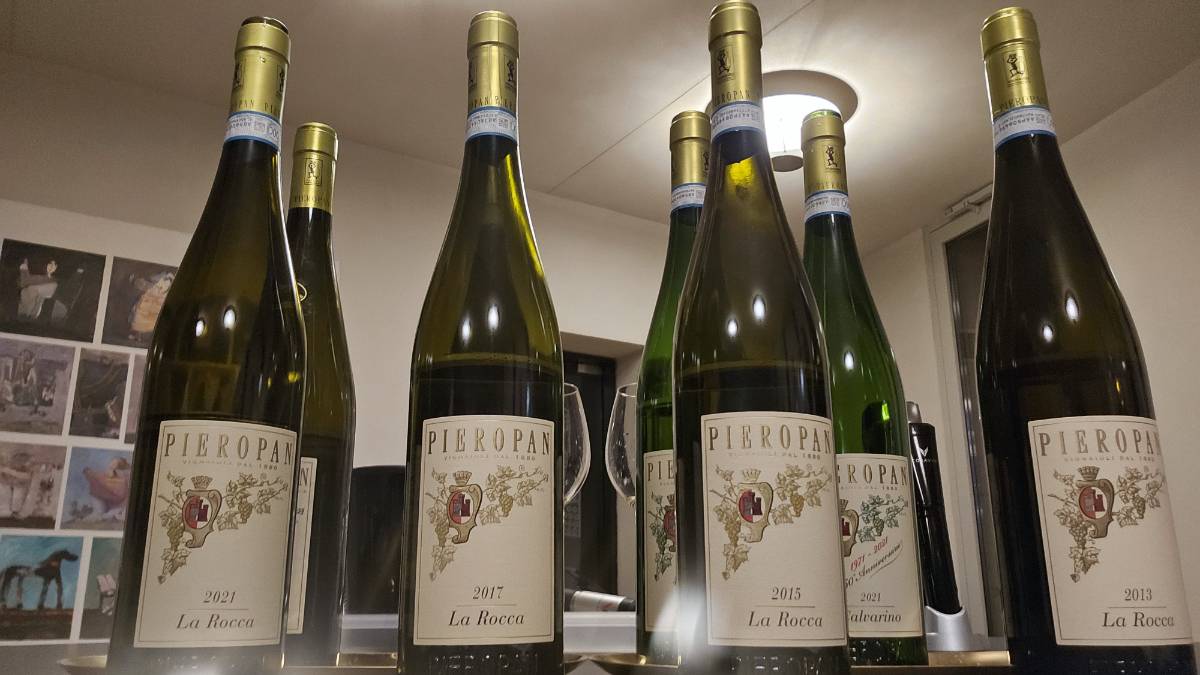
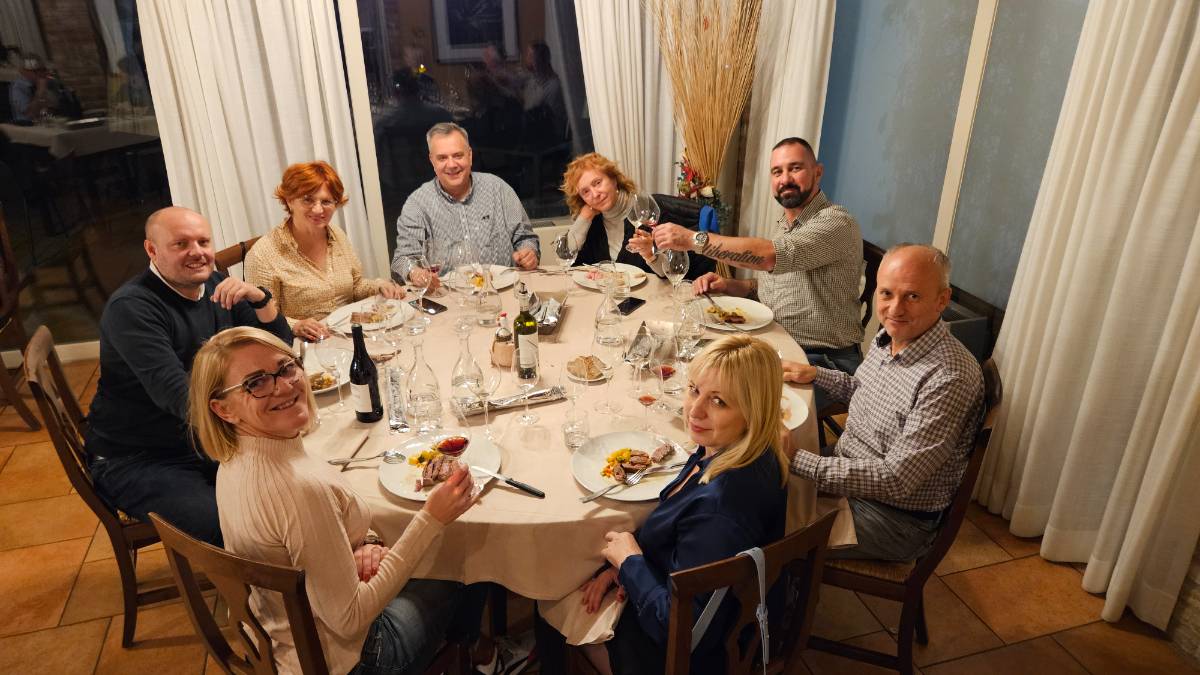
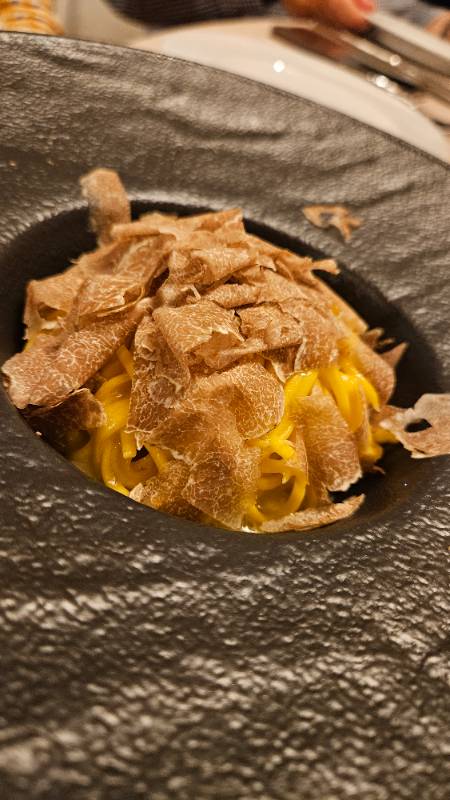
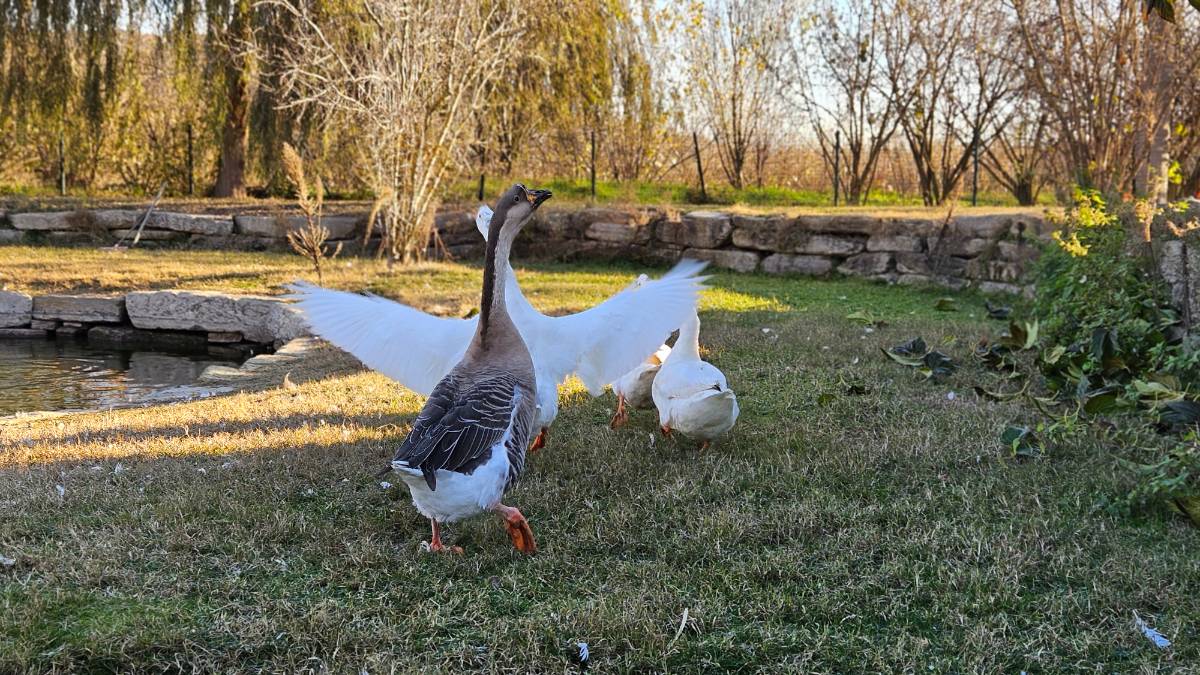
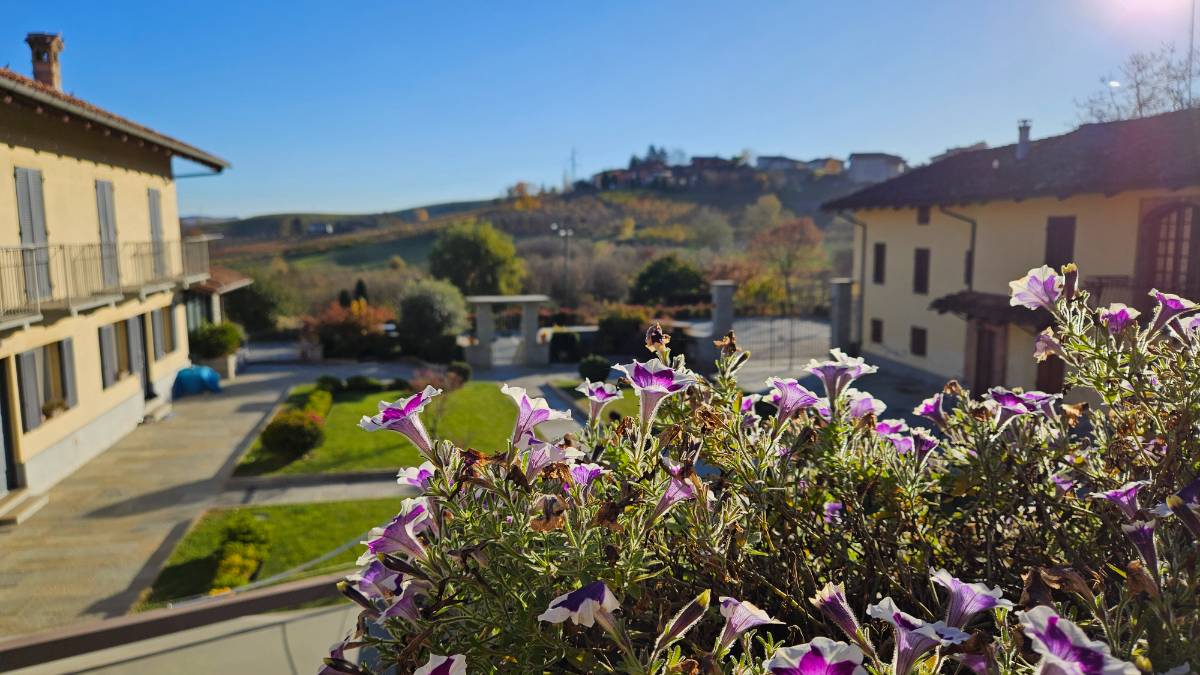
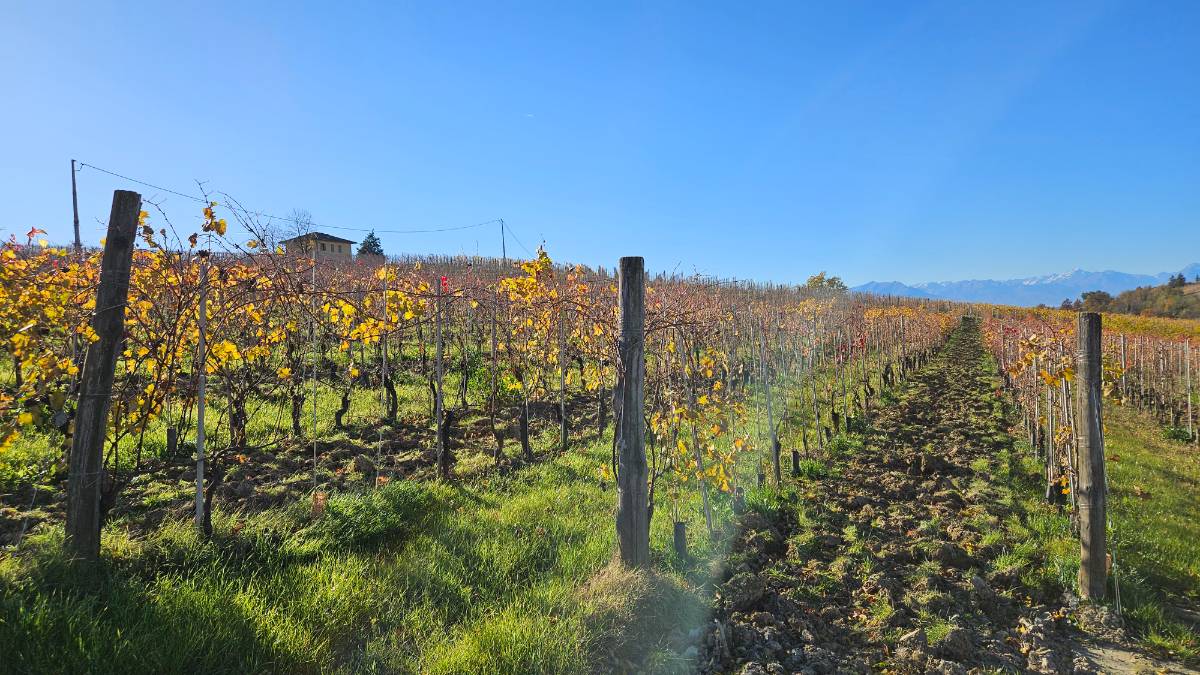
.jpg)
